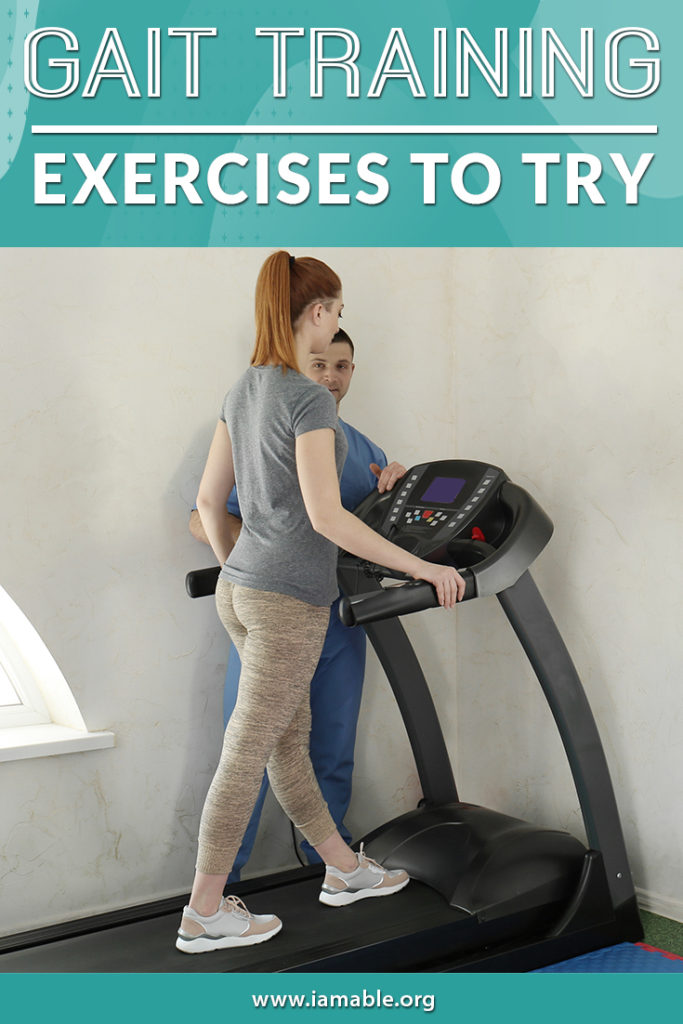Miami, FL 33186

Whether you are recovering from a spinal cord injury, stroke, or traumatic brain injury, you may experience some degree of paralysis or paresis. The same can result from various health conditions that affect the nervous system, such as multiple sclerosis. Gait training exercises can help you to restore a natural movement to your walk. They can also improve balance. This may decrease your fall risk and improve your degree of independence, despite illness or trauma.
Therefore, gait training exercises can be a crucial component of therapy. Obviously, you will have to discuss the activities that are best for you with a physical therapist. However, we are going to take a look at some of the best gait training exercises, and this will help you to be well-informed. While these exercises can prove beneficial for anyone who wants to improve gait and balance, keep in mind that you may need someone present with you to make the activities safe when you are recovering from an illness or injury.
Walking on a treadmill can play an essential role in improving your pattern of walking, speed, and balance. You may at first need the treadmill to move at a very slow pace to reduce the risk of injury. But how can this form of gait training help a person who is experiencing a degree of paralysis?
Lokomat therapy is one possible advancement that can prove beneficial. This is a modern device that allows a patient to suspend over the treadmill in a harness. Next, your legs strap into an exoskeleton. This exoskeleton simulates a typical walking pattern on the treadmill. A physical therapist can control the speed of the treadmill and the amount of work that must be performed by the patient.
In this way, those with minimal walking ability can benefit from gait training exercises. Even if your ability to walk does not fully recover, you get a good workout for the muscles that generally do not function. This can be a practical part of a more extensive overall program of therapy. It may even help to restore some nerve function.
You can perform this exercise from a seated position, so it may be something that you can safely do without a spotter. The task involves the motion of marching in place, but one leg at a time and while sitting. Starting with your right leg, bring your knee to your chest ten times. Then alternate to the other leg.
You may not think of the process of sitting down and standing up as having anything to do with your ability to walk correctly. However, the muscles that you have to activate in order to sit down and stand up are vital for walking. This exercise will help to improve your core strength. It will also help you to work on your balance.
While you need to work on improving your natural gait, you also need to avoid obstacles while walking. Otherwise, you can sustain a fall that sets you back in your progress. Therefore, practicing stepping over items will help you to avoid obstacles without losing your balance. It will also keep you from shuffling your feet, which is an easy habit to get into when walking becomes challenging or you struggle with balance.
This gait training exercise involves lying on your back and raising both knees to your chest at the same time. It is an excellent way to improve your core strength as well as providing your hips with a good workout. Focus on your abs as you draw both knees to your chest. The stronger your core is, the more control you will have over your balance.
Try this exercise while sitting in a chair. First, keep your toes on the ground and raise your heels as high as you can. Then lower your heels and keep them on the floor while lifting your toes as high as you can. Alternate between raising your heels and toes to strengthen your ankles. This will give you a more substantial base to stand on as you walk.
As an advanced balance exercise, you can alternate standing on one leg for 5-10 seconds at a time. You should always have a sturdy desk or chair nearby to grab onto. In a therapy setting, there will be a bar for you to grip.
From activities you can do at home to therapy that you perform at an outpatient facility, you can receive many benefits from gait training exercises. Though your recovery may take time, perhaps longer than you expect, you can still remain positive and maximize your independence.
One thing that can help you to stay motivated is our book entitled 7 Unbelievable Important Steps to Take to Thrive after Paralysis. The purpose of the book is to help you prepare yourself mentally for the challenges ahead. The sooner you accept your illness or injury, the sooner you can get to work on recovery.We also offer state of the art technology, such as Lokomat therapy, at the iAM ABLE outpatient center in Miami. So please read the beneficial eBook, and then contact us to learn about what iAM ABLE can do to help you perform the gait training exercises you need.
Grab our free e-book 7 Unbelievably Important Steps to Take to THRIVE after Paralysis by clicking the image below.
